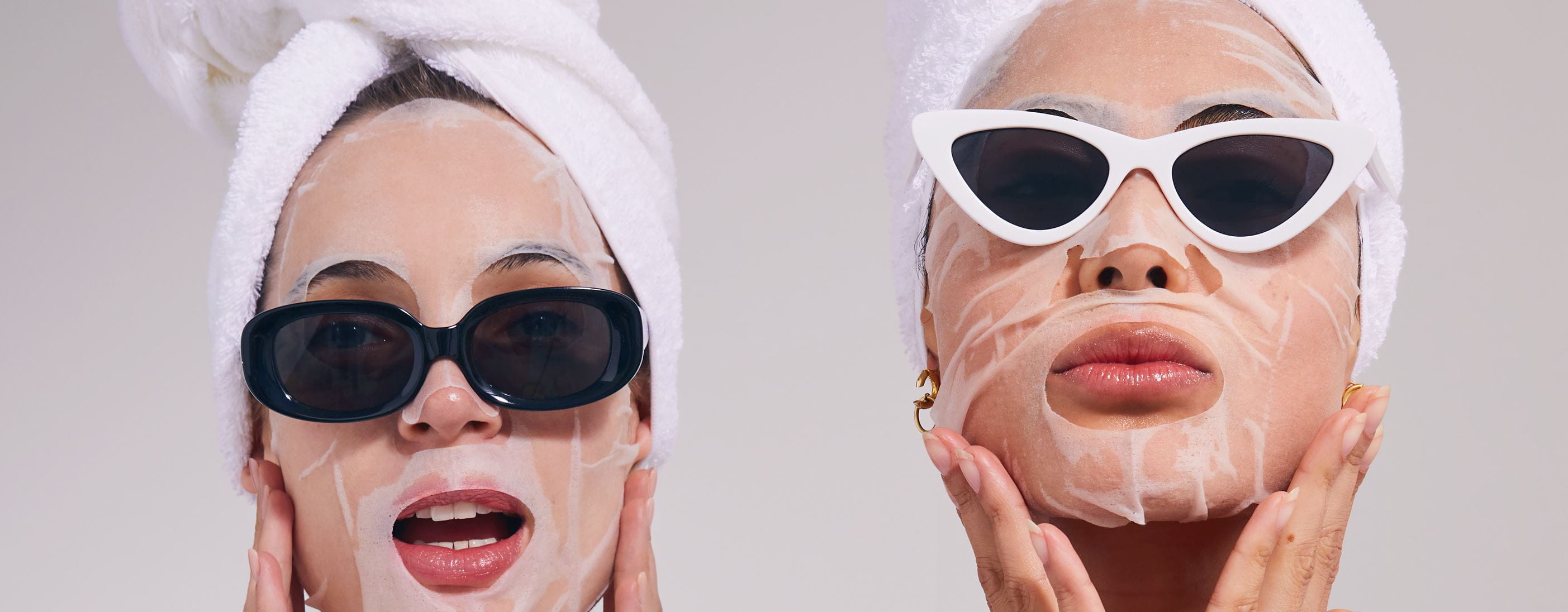What is cheek acne?
Similar to cheek pimples, cheek acne is a more persistent and widespread condition where various acne lesions appear simultaneously. These can be
whiteheads,
blackheads, red bumps, cysts or big painful spots - all of which consistently appear on the cheeks. They show up when hair follicles become blocked and produce too much
sebum (oil). It's normal for people of all ages to experience, especially young people - and can be genetically inherited.
Why does it occur?
The develop
ment of cheek acne can be attributed to various factors. It may be triggered by hormonal fluctuations during puberty or other life stages, excess sebum production, inflammation, or the presence of certain acne bacteria. Additionally, poor
skincare practices such as inadequate
facial cleansing, excessive makeup application, or a diet high in unhealthy foods can exacerbate the condition. Treat
ment often involves prescription medicine,
a tailored skincare routine, and in some cases, dermatological treat
ment.

